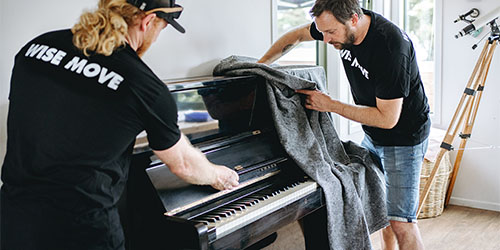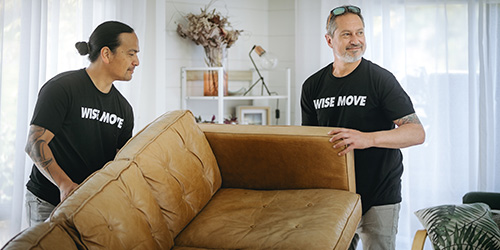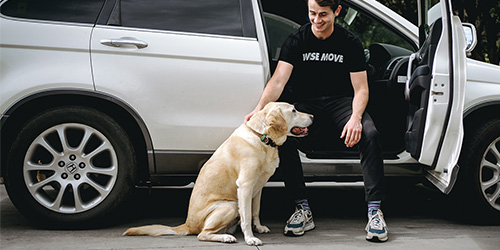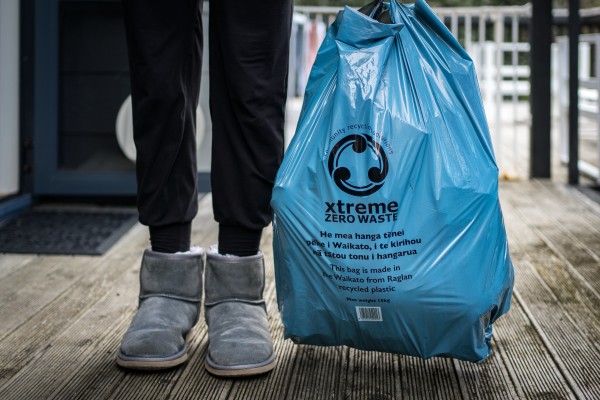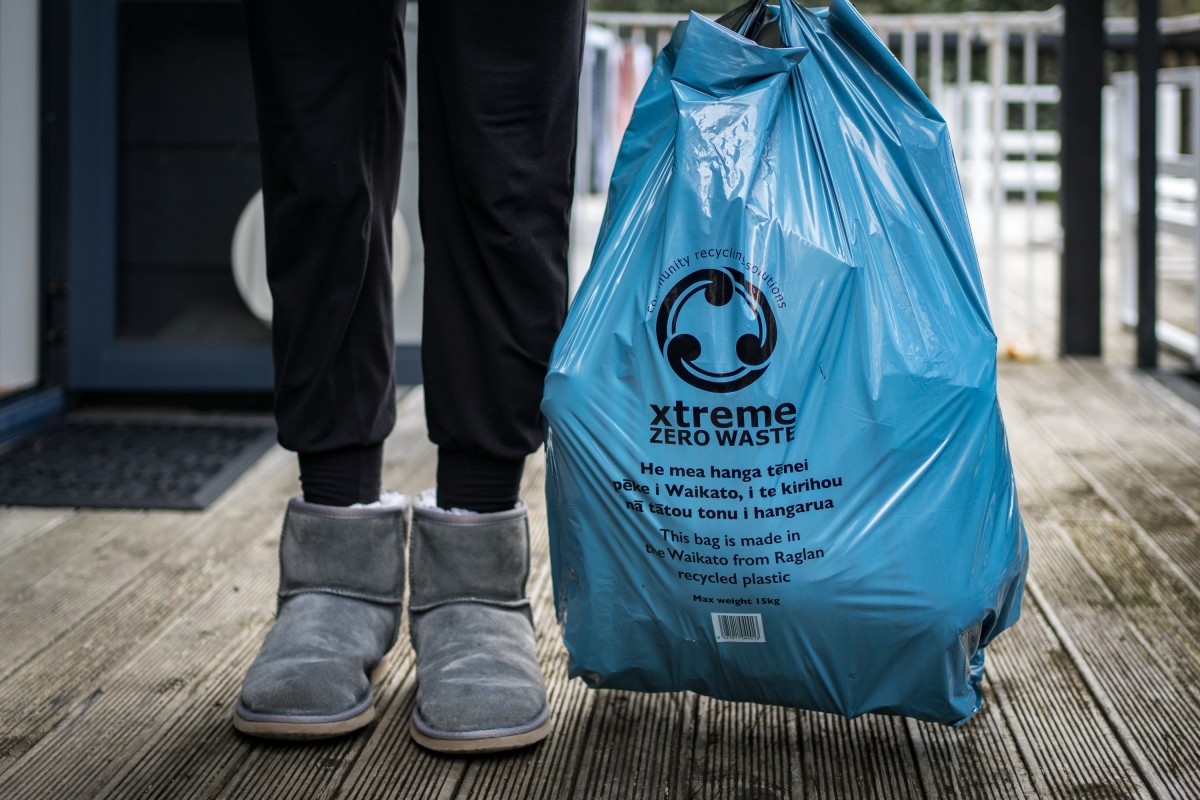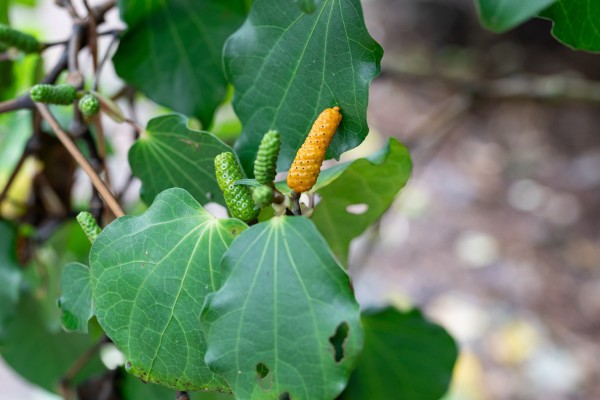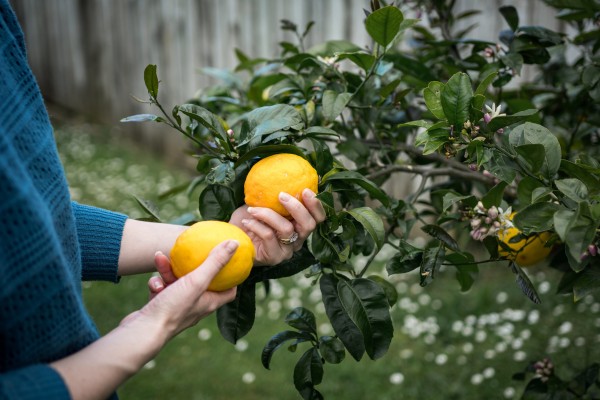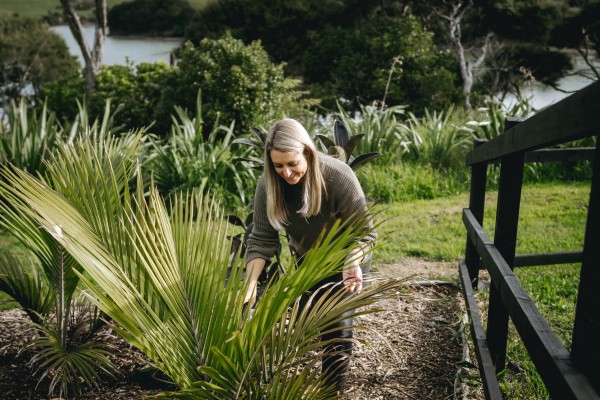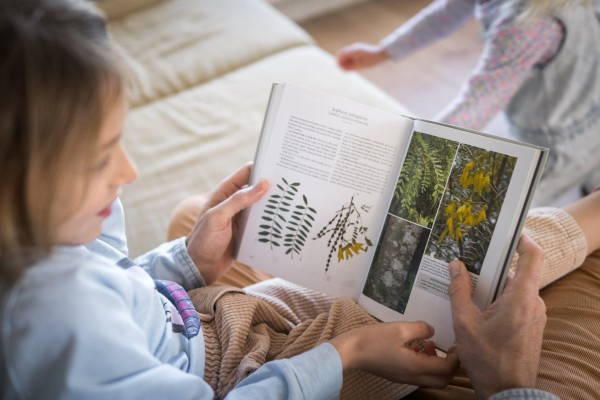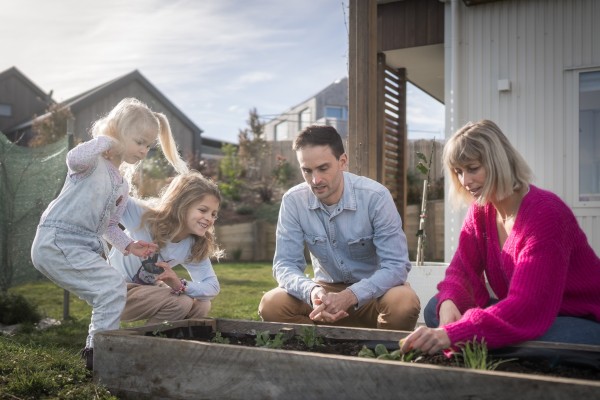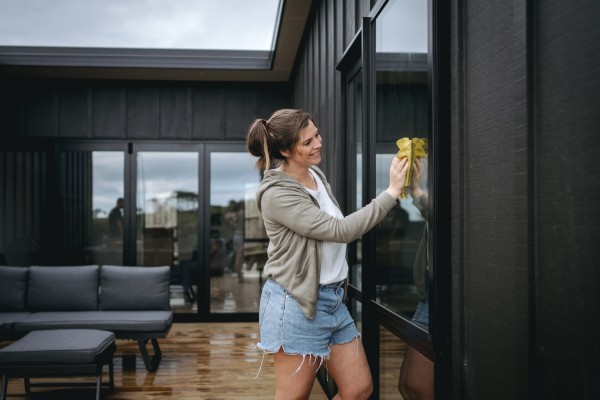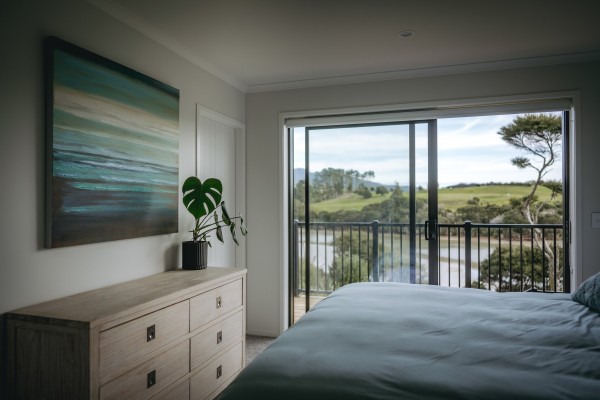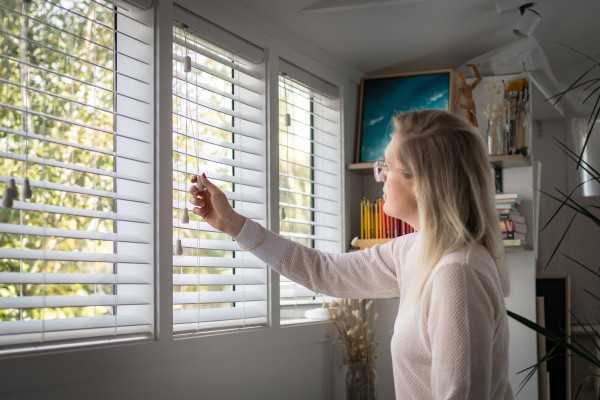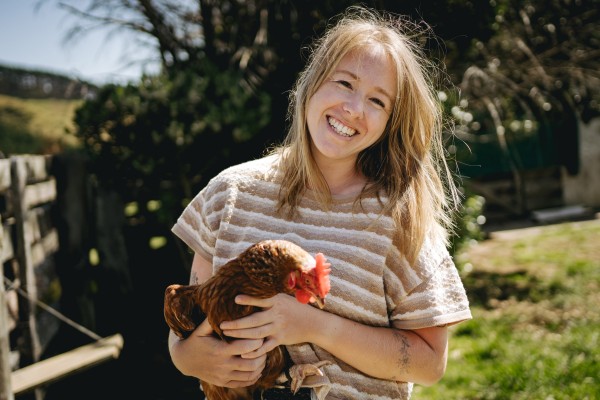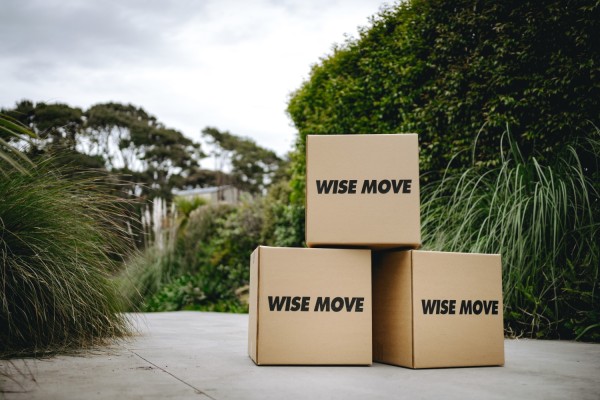How to compost your food waste at home
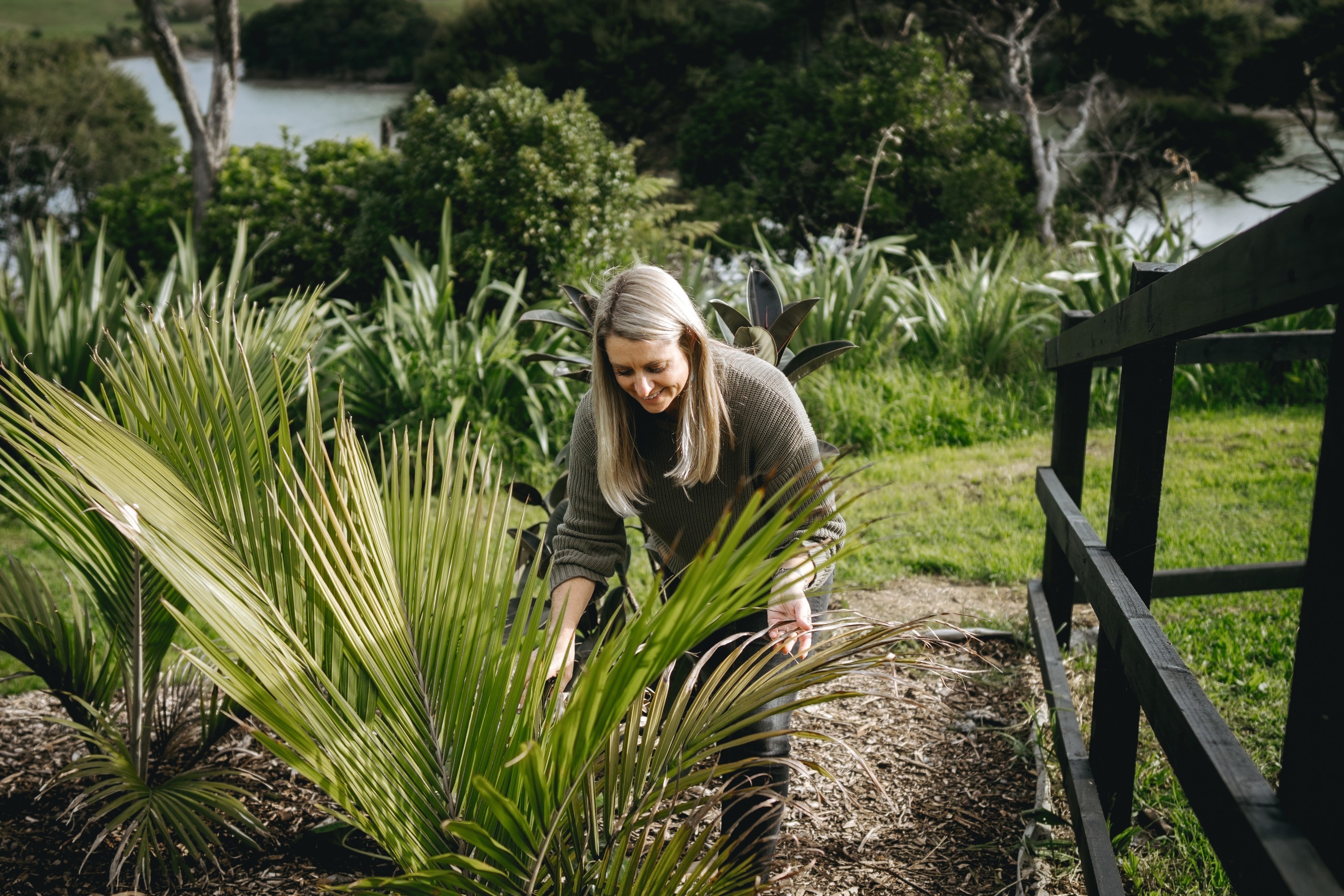
If you grew up in suburban New Zealand, chances are your family had a composting bin or pile out the back of your home. But as people’s lives get busier and homes get smaller, for a lot of households composting has fallen by the wayside. There are many ways to compost your food scraps, no matter what type of home or apartment you live in. We’ll cover what you need to build a compost, alternatives for people living in small spaces and how to get started.
What is composting?
Composting is a natural and eco-friendly method of recycling that stops food scraps from ending up in landfills and instead returns their nutrients to the soil. By transforming food waste into fuel for your garden, composting enriches the soil and helps gardens, plants and flowers to flourish.
Composting is an ideal solution for disposing of inedible items like banana and citrus peels, onion and garlic skins, capsicum cores, and eggshells. It also helps prevent food scraps from ending up in landfill. In a landfill, food waste is often trapped in rubbish bags and decomposes without oxygen. This causes food scraps to release methane, a harmful greenhouse gas.
In fact, if food waste were a country, it would be the third biggest greenhouse gas emitter behind China and the United States! Think about all the food you throw out each week. Between vegetables that you just didn’t get around to eating, food scraps that you can’t eat and leftovers that no-one wants, most households throw away a lot of food.
How much space do I need to start composting?
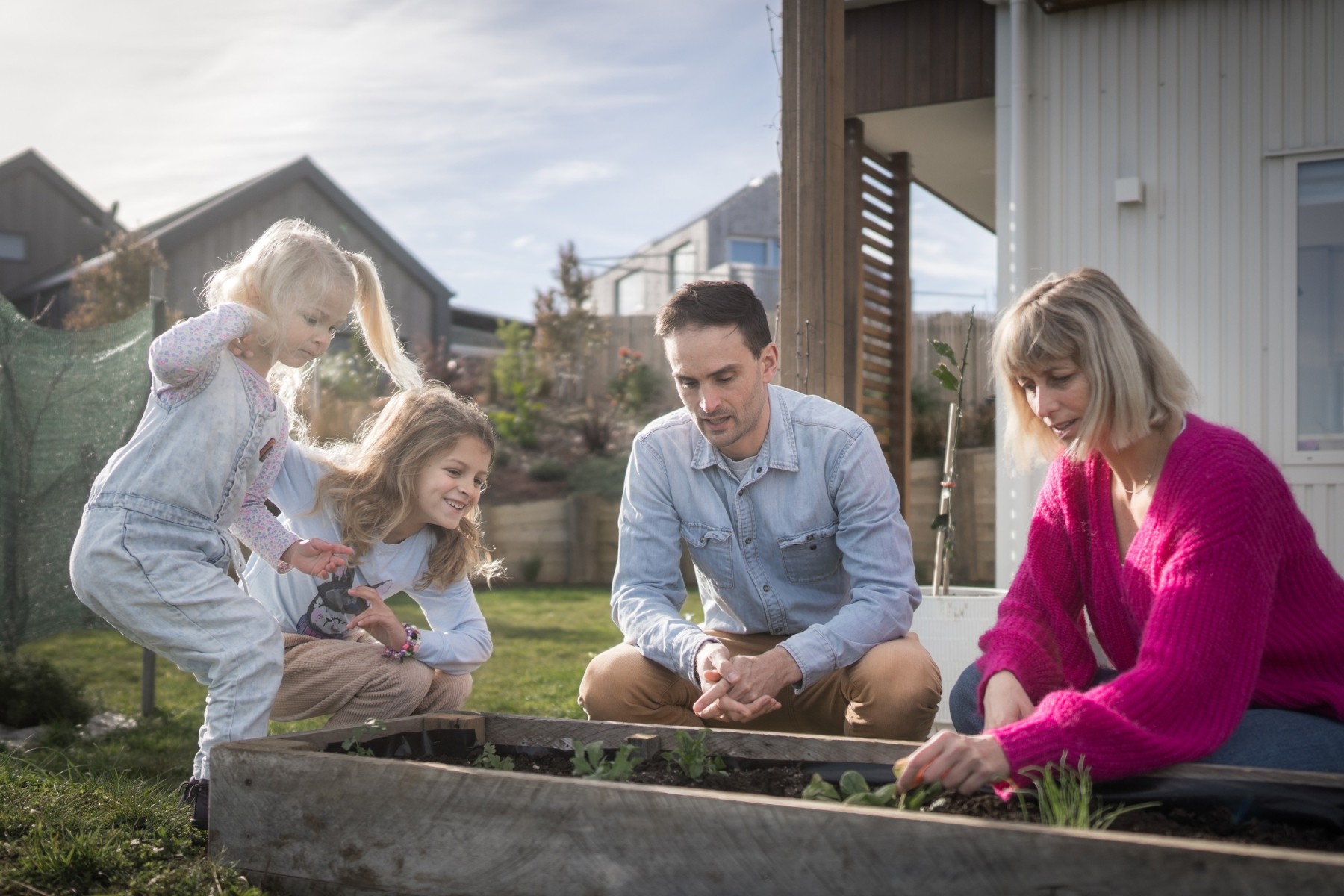
There are lots of benefits of composting. It’s an environmentally friendly way to get rid of your food waste. Food needs oxygen to decompose and avoid the release of harmful greenhouse gases that occurs in landfills. Composting also leaves you with a product you can leave at the end of the cycle.
To practice composting, you’ll need lots of backyard space and a garden to apply the compost. Once the compost has broken down, it turns into nutrient-rich soil that you can throw into garden beds or vegetable patches to help your plants and vegetables thrive.
If these options aren’t available, there are other alternatives for managing non-avoidable food waste, such as using bokashi and worm farms. These are good options for people living in apartments or townhouses who don’t have the space for compost.
What materials you need to begin
A compost bin or container: This is where all the magic happens. You’ll need a container that allows air to flow through so that food can properly break down. It’s up to you how big you want your compost to be. It can be as small as a bucket or as big as a one-cubic-meter bin. Just ensure it’s covered to keep your compost dry and prevent rats and mice from getting inside. You can buy compost bins at hardware and gardening stores such as Bunnings or The Warehouse.
A mix of green and brown matter: Your compost should comprise 40% green matter and 60% brown matter. This concoction helps it to break down and turn into compost. If you don’t get the balance right, you can end up with smelly compost that you won’t want to throw on the garden.
How does compost work?
Compost ‘works’ by getting layers of nitrogen-rich ‘green matter’ like food waste and grass clippings and layering them with carbon-rich ‘brown matter,’ i.e. dry materials like paper, cardboard, wood chips, or brown leaves.
On their own green matter will break down and get smelly and brown matter will take a long time to decompose. But, together, green and brown matter breaks down into nutrient-dense soil you can spread back into your garden.
The trick to making great compost is all in layering. After throwing green matter on your compost, always follow up with a layer of brown matter (and make sure there’s a bit more of it.) Make sure your green matter is always covered up. To speed up the composting process, stir your layers with a garden fork or tool every two to three weeks and always top it off with brown matter. Start saving your leaves, garden debris and lawn clippings so you can throw them in your compost rather than in the green bin.
How to start a compost heap
Now you know how to get your compost working effectively, you need to know how to build and manage your compost bin.
Building your compost heap
Find a sunny spot in your garden and place the compost bin on the ground. Sunlight helps everything break down, and worms and other helpful organisms can easily get in by placing the bin on the ground. Add some sticks and twigs to the bottom of the bin to help the air circulate.
Add the right mix of brown and green waste. Aim for 40% food scraps and 60% brown matter. Begin with a layer of brown debris, then a layer of green scraps, and top it off with another layer of browns. Follow this recipe every time you add food scraps to the bin. Keeping a bag of leaves or mowing clippings next to your compost bin is a good idea, so you always have brown matter to add.
Managing your compost heap
Chop your food scraps and garden cuttings into smaller pieces so that they break down faster and smell less. Large sticks won’t break down and are better used on the base of your compost.
Turn your compost once a week with a shovel to let the air flow through and help the layers mix together.
Once your compost is full
When your compost bin is full, don’t add any more scraps. Instead, keep stirring it regularly. Your compost will be ready for the garden when the waste at the bottom is dark and crumbly, and you can’t see any food scraps or leaf matter anymore. This can take 6 to 8 months.
Once your compost is fully decomposed, move your bin to another spot in the garden and empty it onto the garden. Then shovel the top two-thirds back into the bin. You only want the bottom third for harvesting. You can then restart the process by adding layers of green and brown matter to your compost.
What do our customers say?




For every (wise)move



